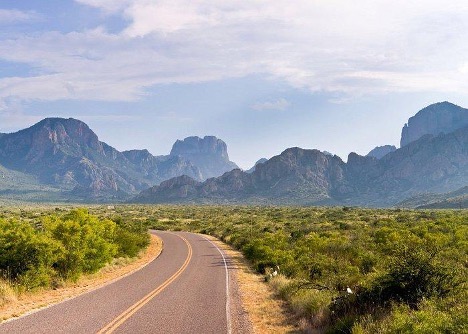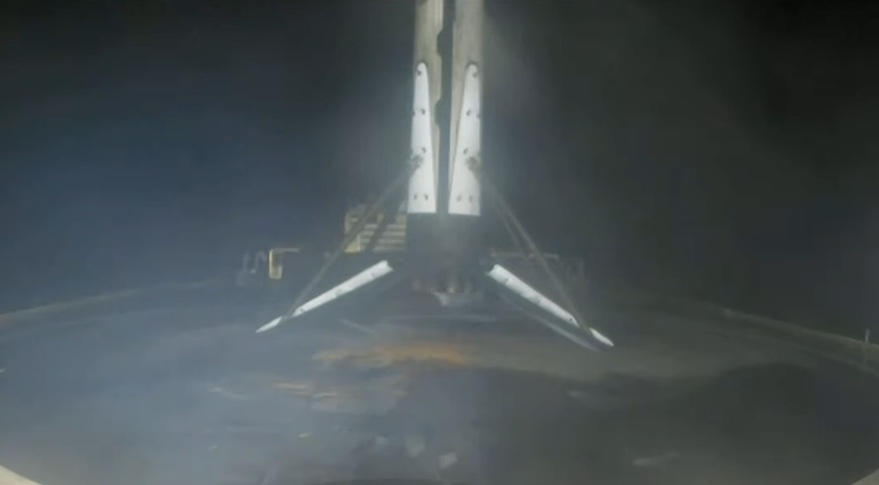
 December 20, 2021 Article from SLU
December 20, 2021 Article from SLU
Norwegian farmed salmon escapes from net bags in the sea, migrates up into western Swedish watercourses and mates with local wild salmon. This poses problems in the Swedish salmon stock, as children of cash-grown salmon that are born and raised in the wild have a harder time surviving than young salmon with wild parents. Previous studies show that salmon stocks are negatively affected when genes from farmed salmon are added. A new study from a collaboration between the Swedish University of Agricultural Sciences (SLU) and the Norwegian Institute for Natural Research (NINA), indicates that genetic influence from farmed salmon along the Swedish west coast occurs at the same levels as in Norwegian salmon rivers.
Escape escaped salmon crosses the border
The work is based on analyzes with special DNA markers and statistical methods developed at NINA to identify farmed salmon and its offspring. In Norway, these methods are used every year to identify escaped farmed salmon and monitor how their genes are spread in a large number of Norwegian wild salmon stocks. Sweden does not have its own sea-based cultivation of salmon for food production. Along the Swedish west coast there are just over 20 watercourses with wild salmon. Many of the west coast toes are small, which makes them particularly sensitive to the influence of farmed salmon as each farmed salmon that reproduces there constitutes a larger proportion of the spawning stock than in a larger population. Genes from cultivated Norwegian salmon in Swedish wild salmon The study includes samples from adult and young salmon from five watercourses: Örekilsälven, Göta älv, Ätran, Lagan and Rönne å. The adult salmon from Lagan and Göta älv were selected for that many of these fish in previous studies have been shown to be genetically different. In these specially selected samples, the proportion of genes from farmed salmon (escapes and hybrids between farmed and wild) was estimated at as much as 59 per cent (Lagan, 2008) and 75 per cent (Göta älvs hovedfåra, 2010). De analyzed the samples from other watercourses along the west coast and tributaries to the Göta River were randomly selected and without special suspicions about the presence of farmed salmon. Even in these cases, genes from farmed salmon of varying extent (2-14 percent) were detected. Calls for a Swedish monitoring program
Sweden does not have its own sea-based cultivation of salmon for food production. Along the Swedish west coast there are just over 20 watercourses with wild salmon. Many of the west coast toes are small, which makes them particularly sensitive to the influence of farmed salmon as each farmed salmon that reproduces there constitutes a larger proportion of the spawning stock than in a larger population. Genes from cultivated Norwegian salmon in Swedish wild salmon The study includes samples from adult and young salmon from five watercourses: Örekilsälven, Göta älv, Ätran, Lagan and Rönne å. The adult salmon from Lagan and Göta älv were selected for that many of these fish in previous studies have been shown to be genetically different. In these specially selected samples, the proportion of genes from farmed salmon (escapes and hybrids between farmed and wild) was estimated at as much as 59 per cent (Lagan, 2008) and 75 per cent (Göta älvs hovedfåra, 2010). De analyzed the samples from other watercourses along the west coast and tributaries to the Göta River were randomly selected and without special suspicions about the presence of farmed salmon. Even in these cases, genes from farmed salmon of varying extent (2-14 percent) were detected. Calls for a Swedish monitoring program
– Our results are based on a relative limited material collected about 10 years ago. From studies in Norway, we know that the prevalence of farmed salmon often varies significantly between watercourses and years. Therefore, a more permanent monitoring program, like the Norwegian one, would also be needed in Sweden, says Stefan Palm. Salmon of genetic origin from Norway is also farmed in Scotland, where it also contains salmon. Therefore, it is not possible to determine with certainty where the farmed salmon along the Swedish west coast has escaped. But since Norway is closest geographically and the Norwegian production of farmed salmon is world-leading, a majority of the fish probably comes from Norwegian facilities.
Different types of salmon farming













